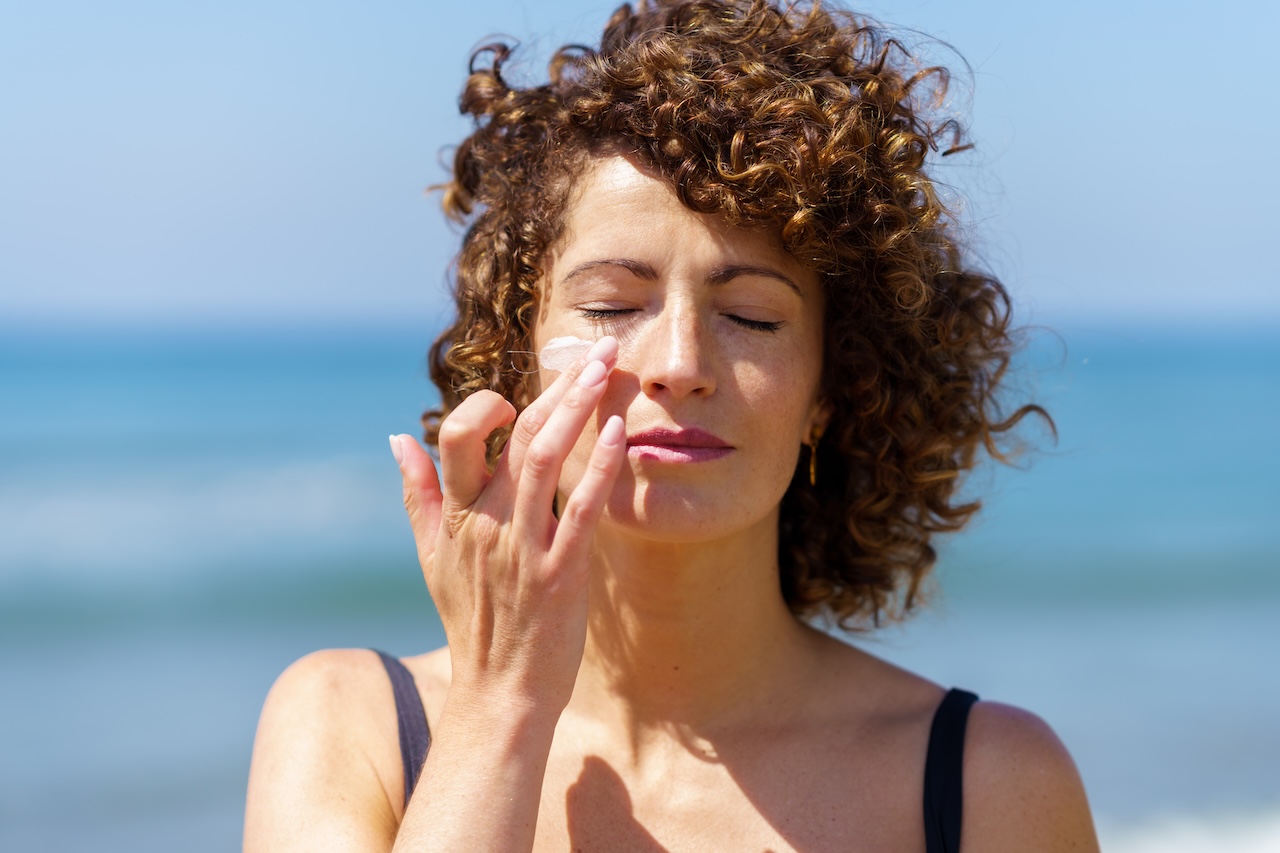- ABOUT US
- CONDITIONS
- TREATMENTS
- Injections
- Botox
- Sculptra
- Topicals
- Sun Protection
- Strong Retinol
- Antioxidants
- Lasers & Devices
- Bela MD Facial
- Intense Pulsed Light (IPL)
- Laser Hair Removal
- Microneedling
- Pinpoint Electrocautery
- Platelet Rich Plasma (PRP)
- RF Microneedling
- Medical Dermatology
- Benign Skin Growth
- Cryosurgery
- Medical Skin Exam
- Gallery
- Pricing
- Contact Us

Vitamin D is essential for maintaining strong bones, boosting your immune system, and supporting overall health. While spending time outside to get your daily dose of vitamin D from the sun is often the go-to recommendation, it’s important to recognize that lots of time outdoors isn’t always practical for everyone—and excessive sun exposure comes with its own risks.
This post covers why vitamin D is so important, whether the sun alone provides enough vitamin D, the risks of too much sun exposure, and best practices to protect your skin.
Why Vitamin D Is Essential
Often called the “sunshine vitamin,” vitamin D plays a crucial role in your body. It helps absorb calcium and phosphorus, which are key to building and maintaining healthy bones. Without enough vitamin D, you may be at risk for conditions like osteoporosis or weakened immunity. There’s even evidence to suggest it aids in reducing inflammation and supporting muscle function.
However, despite how critical it is, vitamin D deficiency is common, affecting nearly 1 billion people worldwide. This raises the question: Should you step outside more often to get vitamin D from the sun? And are there other alternatives that could help?
Can You Get Enough Vitamin D from the Sun?
The sun is a natural source of vitamin D. When ultraviolet B (UVB) rays hit your skin, they trigger a chemical process that produces vitamin D. But whether or not you can get sufficient vitamin D from sunlight depends on three main factors:
- Time Spent in the Sun: The more time you spend outdoors, the more your body produces vitamin D. However, just 10–30 minutes of sun exposure a few times a week is often enough for most people. Keep in mind that your arms, face, or legs need to be uncovered for this to be effective.
- Skin Tone: People with lighter skin can produce vitamin D more quickly than those with darker skin tones. This is because melanin, the pigment in darker skin, reduces the skin’s ability to absorb UVB rays.
- Season and Location: If you live far from the equator or somewhere with long winter seasons, it may be very difficult to get enough vitamin D from the sun, since UVB rays are weaker under these circumstances and may not trigger enough vitamin D production.
While sunlight is a convenient source, relying solely on it comes with risks, particularly when it leads to excessive exposure.
The Risks of Too Much Sun Exposure
Although sunlight has its benefits, overexposure can damage your skin and impact your health. Here are the main risks associated with getting too much sun:
- Skin Cancer: Prolonged UV radiation exposure is the most significant cause of skin cancer, especially melanoma.
- Premature Aging: The sun’s UV rays break down collagen and elastin, leading to wrinkles, sagging, and age spots over time.
- Sunburn: Excess time in the sun can result in painful burns, which are a direct sign of skin damage.
- Hyperpigmentation: Uneven skin discoloration or dark spots may develop with repeated exposure.
To strike the right balance between getting enough vitamin D from the sun and protecting your skin, practicing safe sun habits is essential.
How to Protect Your Skin While Getting Vitamin D
Skin protection doesn’t mean you have to avoid the sun entirely. Here are practical tips to get the best of both worlds:
1. Wear Sunscreen, Always
There’s a common myth that sunscreen blocks all vitamin D production. This isn’t true. While sunscreen does reduce UVB absorption, studies indicate that most people still produce enough vitamin D with SPF 30 applied. Look for “broad-spectrum” sunscreen that protects against both UVA and UVB rays for the best protection.
2. Time It Right
To get all the vitamin D you need from the sun, but with less risk, try to spend your outdoor time in the early morning or late afternoon. This allows you to avoid the peak midday hours (10 AM–4 PM), when UV rays are strongest and your risk of sunburn is highest.
3. Choose Sun-Protective Clothing
When spending extended periods outside, wide-brimmed hats, sunglasses with UV protection, and lightweight long-sleeved shirts can shield your skin while allowing some exposed areas to absorb sunlight.
4. Use Shade Wisely
When possible, sit under an umbrella or in shaded areas when outside for prolonged periods—this helps to minimize direct UV exposure while enjoying your outdoor time and getting your vitamin D from the sun in smaller doses.
5. Don’t Skip Diet and Supplements
Not everyone can or wants to rely on getting all their vitamin D from the sun. Incorporating vitamin D-rich foods like salmon, fortified milk, or egg yolks into your diet or using supplements can ensure you’re meeting your needs without overexposing your skin.
Prioritize Skin Health with Cope Cosmetic Dermatology
Achieving the right balance of sun exposure for vitamin D doesn’t have to come at the cost of your skin’s health. At Cope Cosmetic Dermatology, we help you prevent and repair sun damage, along with addressing any other skin concerns you may have. Whether it’s fine lines and wrinkles or acne, our team can provide personalized treatment plans to give you the healthy and radiant skin you deserve.
If you want to do more to protect your skin while enjoying the benefits of the sun, schedule an appointment with us at Cope Cosmetic Dermatology today. You deserve to feel confident in your skin, come rain or shine.
Dr. Austin Cope, MD, MBA
Restoration, not augmentation.
That’s Dr. Cope’s philosophy when it comes to skincare. As a board-certified dermatologist, he guides his patients to the best skin of their lives. A big believer in daily habits and routines, he knows what works and what doesn’t. Dermatology and skin care can be very confusing and complicated. He loves to simplify and teach his patients about what really works. He creates customized plans and accountability to deliver the best results possible. Dr. Cope received advanced training from some of the best dermatologists in the US and Canada. He has treated thousands of patients and loves to teach and connect with each person.



